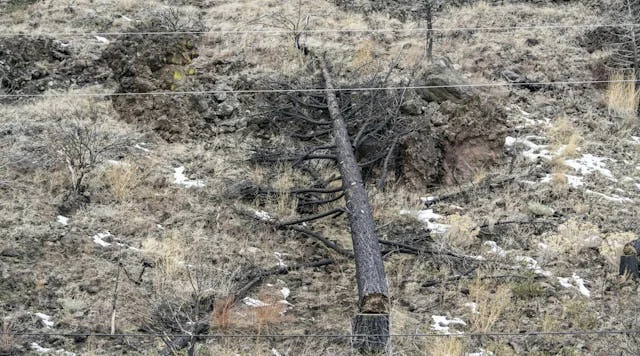
Can $6.2 Billion Hold Back California’s Fierce Wildfires?
In the wake of devastating wildfires that ravaged Los Angeles earlier this year, Southern California Edison (SCE) is making a bold move to fortify the region's power infrastructure. This massive investment highlights the growing urgency to combat climate-driven disasters, potentially reshaping how utilities tackle extreme weather threats across the U.S.
At the heart of SCE's strategy is a comprehensive three-year wildfire mitigation plan, submitted to California's Office of Energy Infrastructure Safety. Valued at $6.2 billion and spanning 2026 to 2028, the plan aims to address both immediate and long-term risks exacerbated by droughts and high winds. Key components include installing at least 440 circuit miles of covered conductors and 260 circuit miles of underground distribution lines. These upgrades are designed to "harden the grid" and minimize the chances of electrical equipment sparking new blazes, as alleged in lawsuits related to the Eaton Fire.

The plan builds on previous efforts, such as SCE's April submission estimating $860 million to $925 million for rebuilding fire-damaged areas. Brian Fennessy, fire chief of the Orange County Fire Authority, emphasized the stakes: "With drought conditions across the state, we are preparing for another busy year." This reflects a broader trend of utilities adapting to intensifying climate patterns, where wildfires have become more frequent and destructive. SCE CEO Steven Powell added, "While wildfire risk can never be fully eliminated, we continue to harden the grid and invest in innovative approaches to bring us as close to zero as possible."
Incorporating cutting-edge technologies like AI and machine learning for early fault detection, alongside alternative undergrounding methods, the plan represents a significant escalation in preventive measures. This comes amid ongoing legal challenges for SCE, which faces accusations that its equipment contributed to the January 7 wildfires—events that claimed dozens of lives, destroyed thousands of homes, and marked one of the costliest natural disasters in U.S. history. Analysts note that such investments could set a precedent for other utilities, potentially reducing future liabilities while enhancing grid resilience. However, critics question whether the scale is sufficient, given the rising intensity of climate events.
Following the announcement, SCE's shares dipped nearly 1.6% in extended trading, signaling investor caution amid the high costs. This plan not only underscores the intersection of technology and environmental policy but also highlights the economic toll of unchecked wildfires on communities and businesses.
Ultimately, SCE's initiative could be a game-changer in wildfire prevention, blending innovation with infrastructure upgrades. But will it be enough to safeguard California's landscapes from future infernos? As experts weigh in, this development invites broader discussions on sustainable energy and disaster preparedness. We encourage readers to share their thoughts: Do you think these measures will make a real difference? Leave a comment below and help shape the conversation.